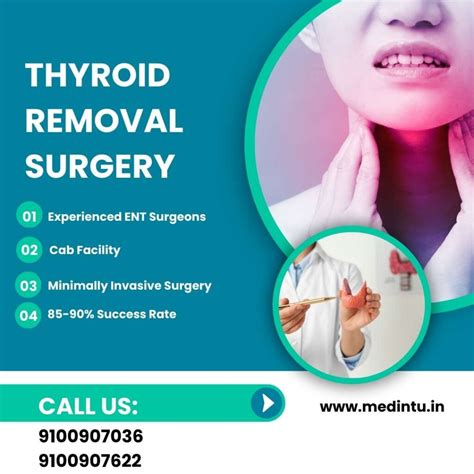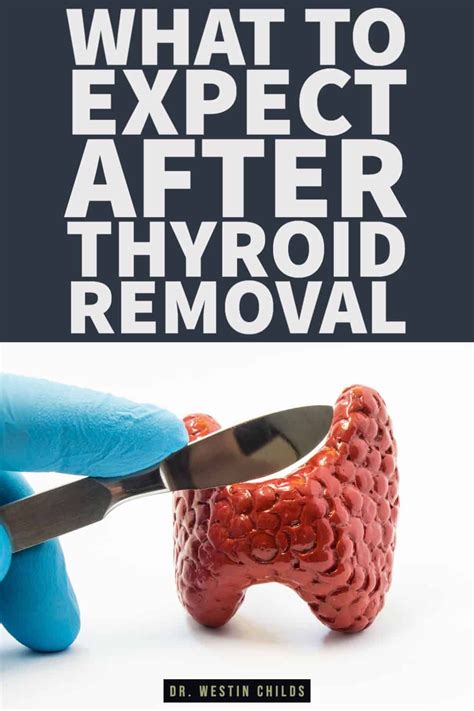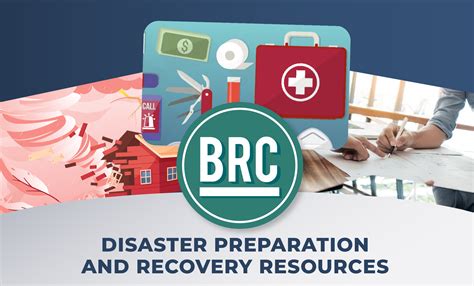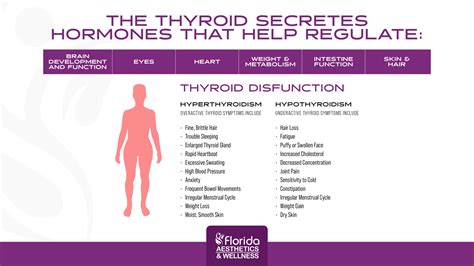Intro
Learn about Thyroid Removal Surgery, including thyroidectomy procedures, recovery times, and potential risks, to understand the treatment options for thyroid cancer, nodules, and hyperthyroidism.
The thyroid gland plays a vital role in regulating various bodily functions, including metabolism, growth, and development. However, in some cases, thyroid removal surgery, also known as thyroidectomy, may be necessary to treat thyroid-related disorders or conditions. Thyroid removal surgery is a complex procedure that requires careful consideration and planning. In this article, we will delve into the world of thyroid removal surgery, exploring its importance, benefits, and potential risks.
Thyroid removal surgery is often recommended for individuals diagnosed with thyroid cancer, large goiters, or hyperthyroidism that cannot be managed with medication. The surgery involves removing part or all of the thyroid gland, depending on the underlying condition. While the procedure can be life-changing, it is essential to understand the potential consequences and lifestyle adjustments that may be required after surgery. As we navigate the complexities of thyroid removal surgery, it is crucial to consider the long-term effects on overall health and well-being.
The decision to undergo thyroid removal surgery should not be taken lightly. It is essential to consult with a qualified healthcare professional to discuss the potential benefits and risks associated with the procedure. A thorough evaluation of the thyroid gland and surrounding tissues will help determine the best course of treatment. With advancements in medical technology and surgical techniques, thyroid removal surgery has become a relatively safe and effective procedure. However, as with any surgery, there are potential complications and risks that must be carefully considered.
Understanding Thyroid Removal Surgery

Thyroid removal surgery is typically performed under general anesthesia, which means the patient will be asleep during the procedure. The surgery involves making an incision in the neck to access the thyroid gland. The extent of the surgery will depend on the underlying condition and the surgeon's recommendations. In some cases, only part of the thyroid gland may be removed, while in other cases, the entire gland may need to be removed.
Types of Thyroid Removal Surgery
There are several types of thyroid removal surgery, including: * Hemithyroidectomy: removal of one lobe of the thyroid gland * Total thyroidectomy: removal of the entire thyroid gland * Subtotal thyroidectomy: removal of most of the thyroid gland, leaving a small portion intact Each type of surgery has its own set of benefits and risks, and the choice of procedure will depend on the individual's specific needs and condition.Benefits of Thyroid Removal Surgery

Thyroid removal surgery can offer several benefits, including:
- Relief from symptoms: surgery can help alleviate symptoms associated with thyroid disorders, such as difficulty swallowing, breathing, or speaking
- Cancer treatment: thyroid removal surgery can be an effective treatment for thyroid cancer
- Improved quality of life: surgery can help improve overall quality of life by reducing the risk of complications and improving thyroid function
- Reduced risk of complications: surgery can help reduce the risk of complications associated with thyroid disorders, such as hyperthyroidism or hypothyroidism
Risks and Complications
While thyroid removal surgery can be beneficial, there are potential risks and complications that must be considered. These may include: * Bleeding or hemorrhage * Infection * Damage to surrounding tissues or nerves * Hypoparathyroidism (underactive parathyroid glands) * Hypothyroidism (underactive thyroid gland) It is essential to discuss these potential risks and complications with a qualified healthcare professional to determine the best course of treatment.Preparation and Recovery

Preparation for thyroid removal surgery typically involves a series of tests and evaluations to determine the underlying condition and overall health. This may include:
- Blood tests to evaluate thyroid function and hormone levels
- Imaging tests, such as ultrasound or CT scans, to evaluate the thyroid gland and surrounding tissues
- Consultation with a qualified healthcare professional to discuss the potential benefits and risks associated with the procedure
Recovery from thyroid removal surgery typically involves a hospital stay of several days, followed by a period of rest and recuperation at home. It is essential to follow the surgeon's instructions and attend follow-up appointments to ensure a smooth and successful recovery.
Life After Thyroid Removal Surgery
After thyroid removal surgery, individuals may need to make lifestyle adjustments to manage their condition. This may include: * Taking thyroid hormone replacement medication to regulate thyroid function * Monitoring thyroid hormone levels and adjusting medication as needed * Avoiding certain foods or substances that may interfere with thyroid function * Attending regular follow-up appointments with a qualified healthcare professionalThyroid Hormone Replacement Therapy

Thyroid hormone replacement therapy is often necessary after thyroid removal surgery to regulate thyroid function. This involves taking medication to replace the thyroid hormones that the body can no longer produce. The goal of thyroid hormone replacement therapy is to restore normal thyroid function and alleviate symptoms associated with hypothyroidism.
Monitoring and Adjusting Medication
It is essential to monitor thyroid hormone levels and adjust medication as needed to ensure optimal thyroid function. This may involve regular blood tests and follow-up appointments with a qualified healthcare professional. By working closely with a healthcare provider, individuals can ensure that their thyroid hormone levels are within a healthy range and make any necessary adjustments to their medication.Conclusion and Next Steps

In conclusion, thyroid removal surgery is a complex procedure that requires careful consideration and planning. While the surgery can be beneficial, it is essential to understand the potential risks and complications associated with the procedure. By working closely with a qualified healthcare professional, individuals can ensure a smooth and successful recovery and make any necessary lifestyle adjustments to manage their condition.
We invite you to share your thoughts and experiences with thyroid removal surgery in the comments below. If you have any questions or concerns, please do not hesitate to reach out. We are committed to providing accurate and helpful information to support your health and well-being.
What are the benefits of thyroid removal surgery?
+Thyroid removal surgery can offer several benefits, including relief from symptoms, cancer treatment, improved quality of life, and reduced risk of complications.
What are the potential risks and complications associated with thyroid removal surgery?
+Potential risks and complications may include bleeding or hemorrhage, infection, damage to surrounding tissues or nerves, hypoparathyroidism, and hypothyroidism.
How long does it take to recover from thyroid removal surgery?
+Recovery from thyroid removal surgery typically involves a hospital stay of several days, followed by a period of rest and recuperation at home. The length of recovery may vary depending on individual circumstances.
